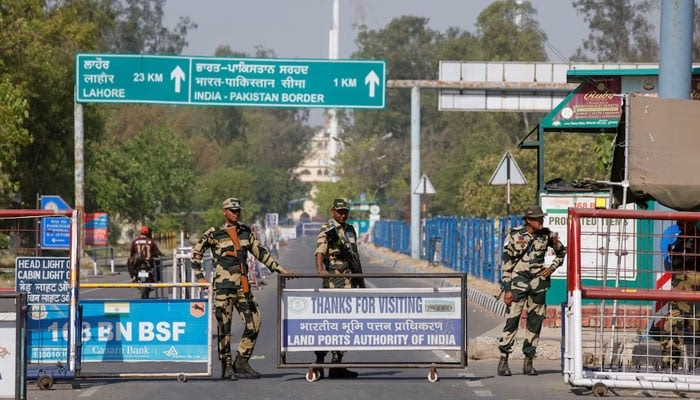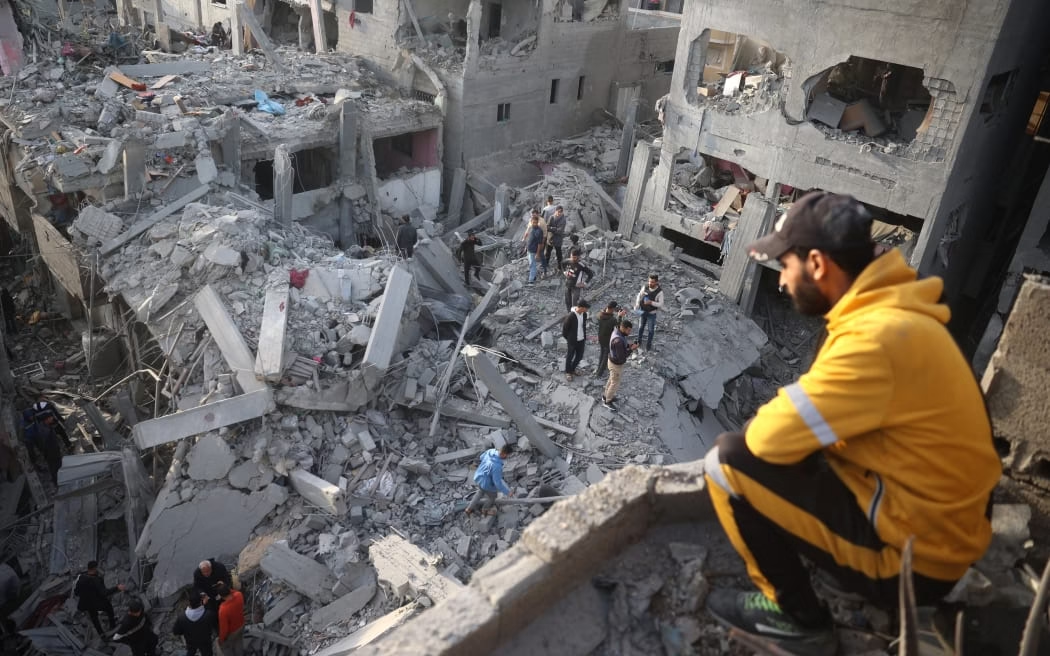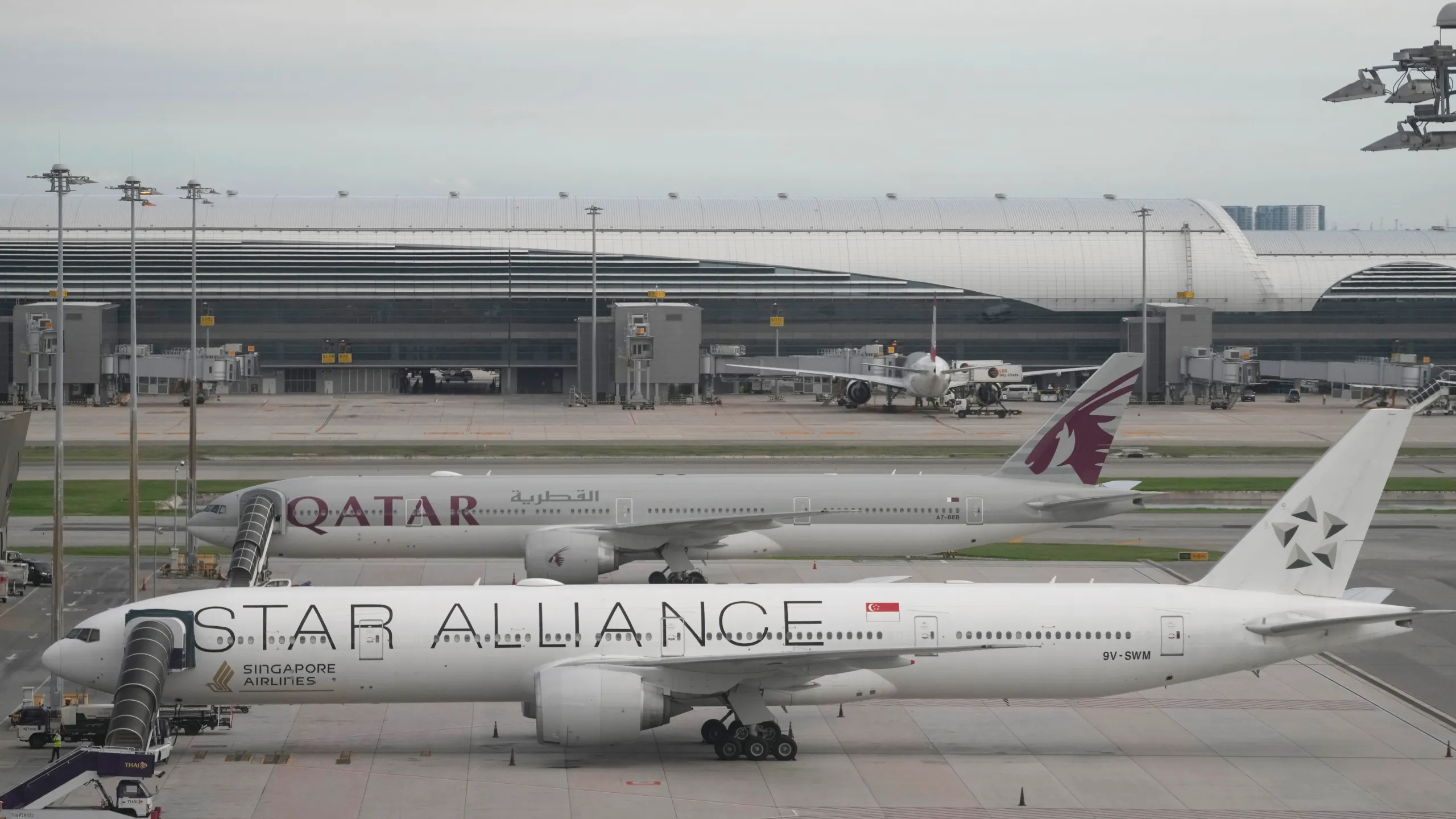India has claimed that China provided “live inputs” to Pakistan during the intense four-day conflict between the nuclear-armed neighbours in May 2025, marking their most severe clash in decades. The allegation came from India’s Deputy Army Chief, Lieutenant General Rahul Singh, who stated on Friday that Islamabad received real-time intelligence from Beijing during the confrontation, prompting renewed concerns about India’s defence preparedness and the need for urgent upgrades to its air defence systems.
The conflict was triggered by a deadly attack in April on Hindu tourists in Indian Illegally Occupied Jammu and Kashmir (IIOJK), an incident New Delhi blamed on Islamabad. Pakistan has categorically denied any involvement in the incident. The escalating hostilities resulted in the use of missiles, drones, and heavy artillery across the Line of Control, before a US-brokered ceasefire agreement brought the fighting to a halt on May 10.
Speaking at a defence industry event in New Delhi, Lt Gen Singh asserted that although Pakistan appeared to be the main actor during the conflict, it was essentially a “two-front war” for India, with China playing a critical support role. He alleged that during high-level military talks between the two sides, Pakistan demonstrated knowledge of India’s key strategic deployments — information he claimed was being provided live by China.
“When the DGMO (Director General of Military Operations) level talks were going on, Pakistan said that we know that your such and such important vector is primed and it is ready for action. He was getting live inputs from China,” Singh stated. However, he did not disclose the specifics of how Indian authorities determined that the information was supplied in real time by China.
India and China have had a tense relationship, especially since the violent border clashes in 2020 in the Ladakh region that resulted in casualties on both sides. Although a disengagement agreement was reached in October 2024, leading to a partial easing of tensions, the relationship remains fragile. While India previously acknowledged Pakistan’s strategic alliance with China, it had not officially accused Beijing of direct involvement in the recent conflict until now.
India’s Chief of Defence Staff had earlier commented on the possibility that Pakistan may have used commercially available satellite imagery from China or other sources to track Indian troop positions, noting that such data was readily accessible in the global market. Nonetheless, Friday’s allegation by the deputy army chief suggests a more coordinated and active form of support from Beijing.
Pakistan has dismissed any suggestions that it received live battlefield intelligence or tactical support from China during the confrontation. In fact, Chinese officials had welcomed the ceasefire and emphasized their desire for regional peace. Following the de-escalation, China’s Foreign Minister reiterated support for Pakistan’s sovereignty and territorial integrity during a meeting with his Pakistani counterpart.
In another significant claim, India also accused Turkiye of playing a supporting role in the conflict by supplying Pakistan with drones, including the widely used Bayraktar models, and providing training to individuals involved in the fighting. Singh said Turkiye provided “numerous other” drones and trained personnel to Pakistan’s forces during the hostilities. While Turkiye has long had strong diplomatic and military ties with Pakistan, its direct involvement in a conflict with India could have serious geopolitical consequences.
Ankara’s defence ministry has not yet responded to requests for comment on the allegations. However, during the May conflict, Turkiye did issue statements of solidarity with Pakistan, which led to social media campaigns in India calling for the boycott of Turkish products and tourism.
The May confrontation, named “Operation Bunyan-um-Marsoos” by the Pakistani military, marked a major escalation between the two rivals. In retaliation for what Islamabad called Indian aggression, Pakistan’s armed forces launched widespread strikes targeting several Indian military positions. During the operation, Pakistan claimed to have shot down six Indian fighter jets, including three Rafales, and destroyed dozens of drones.
The conflict lasted for more than 87 hours and concluded with a ceasefire agreement on May 10. The truce was publicly announced by then-U.S. President Donald Trump via social media. While India disputed claims that the ceasefire was a result of Trump’s mediation, Pakistan officially acknowledged his role and later nominated him for the 2026 Nobel Peace Prize, citing his diplomatic intervention to defuse what could have spiraled into a wider regional war.
Though calm has since returned, the claims made by Indian military leadership suggest that the region’s strategic dynamics are growing more complex, with the possibility of third-party nations playing behind-the-scenes roles in conflicts that have long been viewed as bilateral.



